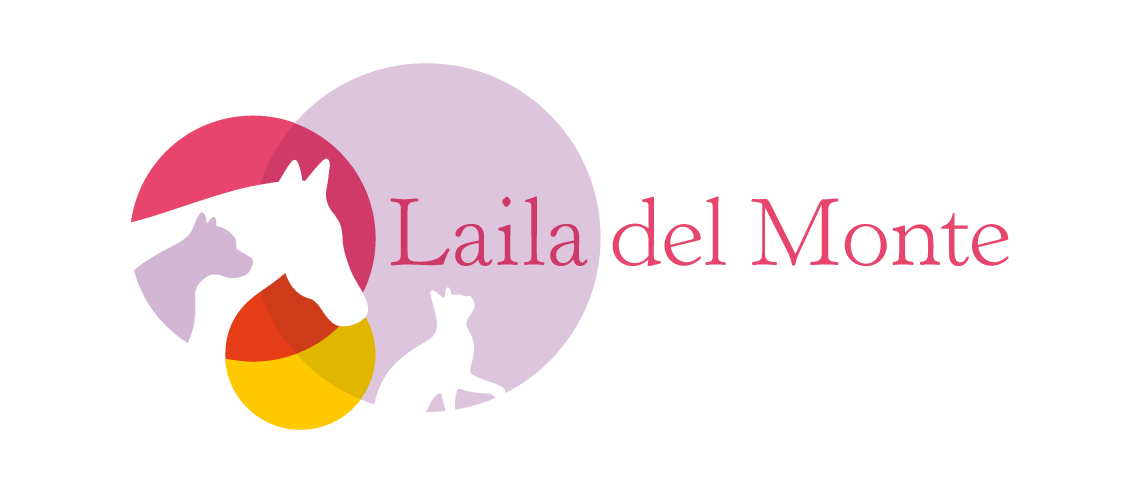Thanks to animal communication we can enter into the primary language of the animal. We try, as much as possible, to eliminate human interpretation of this language, This exchange of our two consciousnesses allows us to place ourselves, not from our own point of view, but from that of the animal. This exchange grows according to the degree of our own feelings of empathy and compassion.
That is why, when we communicate with an animal, we will try to eliminate as much as possible our personal filters and our tendency to project our human interpretation of the results. To do this, we must first of all put aside observation and, for those people who have worked with animals such as behaviorists, osteopaths or veterinaries, to put aside what they have learned. Afterwards, we must consciously familiarize ourselves with this language of communication. We must seek to understand how we react during it and must work on ourselves to detect and eliminate our filters.
What differentiates animal communication from the work done by ethnologues or behaviorists is that it does not depend on physical observation; physical observation is totally absent here. We try to reach as closely as possible a state of “pure perception”, to see through the eyes and senses of the animal. In this way all our being will be perceptive, non-judgemental, and kindly so that we can apprehend what the animal sees and feels both physically and emotionally. By excluding physical observation I can reach the same conclusions as the ethnologue or behaviorist, but I can also add certain elements to their observations. I sincerely believe that all these methods can be beneficial to both animals and the people working with them.
The difficulty resides in the fact that for this communication to be as “pure” as possible, we have to go through a period of self observation. This means that before beginning to communicate, we must understand what we are feeling so as to better separate the “real” from the “illusion” and thus avoid projecting our reactions on the animal. That is why learning animal communication demands rigorous work. It is important to have the discipline and the capacity to go deeper, to keep looking for the perfect way to really communicate with the animal. This is very important out of respect for the animals and also to appreciate what magnificent beings they are. When I communicate I am “lending” my voice to the animal. Finding this “truth” is therefore extremely important.
One last point: compassion and comprehension towards each sentient being are the very essence and heart of animal communication. That is what we must strive to cultivate:
“Compassion towards all beings (daya) is necessary for divine accomplishment, for God himself is overflowing with this quality. Those who are tender hearted can put themselves in the place of others, can feel their pain and try and relieve it”
Paramahansa Yogananda
